Refine listing
Actions for selected content:
2250 results in Cambridge Elements
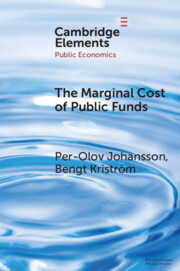
The Marginal Cost of Public Funds
-
- Published online:
- 05 May 2025
- Print publication:
- 29 May 2025
-
- Element
-
- You have access
- Open access
- HTML
- Export citation
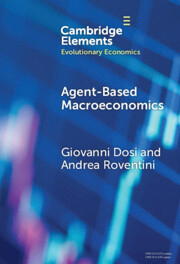
Agent-based Macroeconomics
- The Schumpeter Meeting Keynes Models
-
- Published online:
- 02 May 2025
- Print publication:
- 29 May 2025
-
- Element
- Export citation
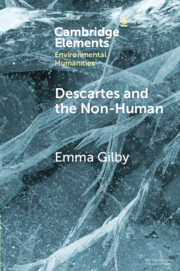
Descartes and the Non-Human
-
- Published online:
- 02 May 2025
- Print publication:
- 29 May 2025
-
- Element
- Export citation
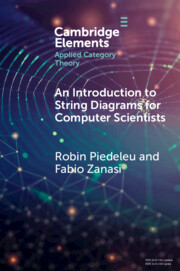
An Introduction to String Diagrams for Computer Scientists
-
- Published online:
- 01 May 2025
- Print publication:
- 29 May 2025
-
- Element
-
- You have access
- Open access
- HTML
- Export citation
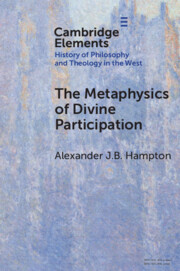
The Metaphysics of Divine Participation
-
- Published online:
- 28 April 2025
- Print publication:
- 22 May 2025
-
- Element
- Export citation
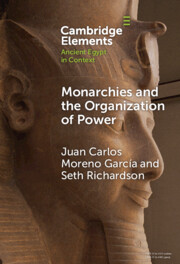
Monarchies and the Organization of Power
- Ancient Egypt and Babylonia Compared (2100–1750 BC)
-
- Published online:
- 28 April 2025
- Print publication:
- 22 May 2025
-
- Element
- Export citation
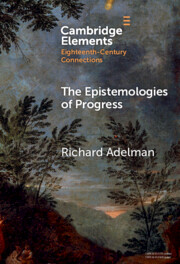
The Epistemologies of Progress
-
- Published online:
- 28 April 2025
- Print publication:
- 29 May 2025
-
- Element
- Export citation
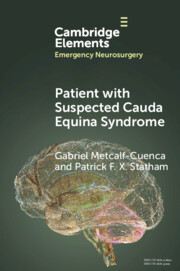
Patient with Suspected Cauda Equina Syndrome
-
- Published online:
- 26 April 2025
- Print publication:
- 22 May 2025
-
- Element
- Export citation
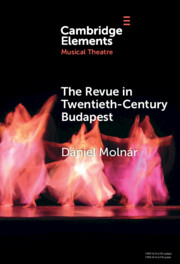
The Revue in Twentieth-Century Budapest
- From Cosmopolitan Night-Clubs to Stalinist Dogma
-
- Published online:
- 25 April 2025
- Print publication:
- 22 May 2025
-
- Element
- Export citation
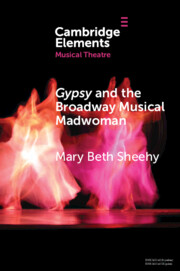
Gypsy and the Broadway Musical Madwoman
- A Feminist Analysis
-
- Published online:
- 25 April 2025
- Print publication:
- 22 May 2025
-
- Element
- Export citation
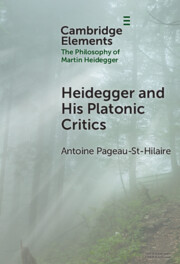
Heidegger and His Platonic Critics
-
- Published online:
- 25 April 2025
- Print publication:
- 22 May 2025
-
- Element
- Export citation
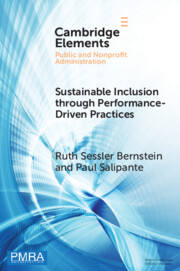
Sustainable Inclusion through Performance-Driven Practices
- An Evidence-Based, Dynamic Systems Framework
-
- Published online:
- 24 April 2025
- Print publication:
- 24 April 2025
-
- Element
- Export citation
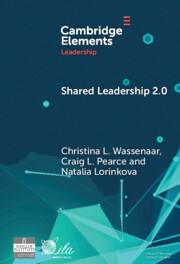
Shared Leadership 2.0
- Taking Stock and Looking Forward
-
- Published online:
- 24 April 2025
- Print publication:
- 24 April 2025
-
- Element
-
- You have access
- Open access
- HTML
- Export citation

Clinical Microsystems and Team Coaching
-
- Published online:
- 24 April 2025
- Print publication:
- 22 May 2025
-
- Element
-
- You have access
- Open access
- HTML
- Export citation
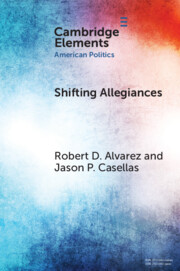
Shifting Allegiances
- The Election of Latino Republicans to Congress and State Legislatures
-
- Published online:
- 21 April 2025
- Print publication:
- 22 May 2025
-
- Element
- Export citation
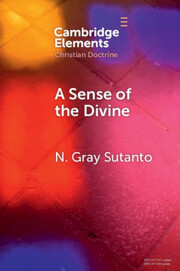
A Sense of the Divine
- An Affective Model of General Revelation from the Reformed Tradition
-
- Published online:
- 21 April 2025
- Print publication:
- 22 May 2025
-
- Element
- Export citation
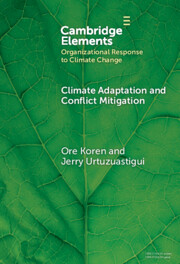
Climate Adaptation and Conflict Mitigation
- The Case of South Sudan
-
- Published online:
- 21 April 2025
- Print publication:
- 12 June 2025
-
- Element
- Export citation
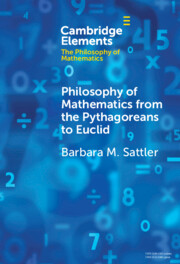
Philosophy of Mathematics from the Pythagoreans to Euclid
-
- Published online:
- 21 April 2025
- Print publication:
- 22 May 2025
-
- Element
- Export citation
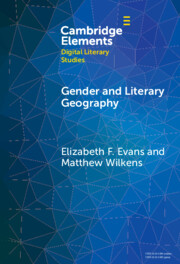
Gender and Literary Geography
-
- Published online:
- 21 April 2025
- Print publication:
- 22 May 2025
-
- Element
- Export citation
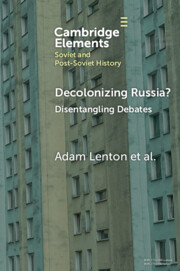
Decolonizing Russia?
- Disentangling Debates
-
- Published online:
- 21 April 2025
- Print publication:
- 22 May 2025
-
- Element
- Export citation
